Costa Rica, 2006
Read on to discover what it's like studying in the jungles of Costa Rica...
During the summer of 2006, I travelled to
My
days began at four a.m., when my little battery-operated alarm clock would buzz
loudly in my ear. Peeling back my bed’s mosquito
net, I would switch my flashlight on and hope that my feet wouldn’t land on
something creepy-crawly as my bare feet touched the floor. Making my way to the light switch creepy-crawly-free,
I would sigh with relief. Throwing on my
least-smelly, most-resembling-clean field clothes, I nabbed some breakfast and
generally tried to avoid bumping into my equally-sleepy housemates. Getting ready for the field, I always made
sure I had my birding essentials: flashlight, field notebook, bird guide (essential for immediately
looking up the amazing birds I’d encounter daily), granola bar, and water
bottles. We also each grab a walkie-talkie
to stay in contact in the field. Then we
piled into our field vehicle, and took a short drive into
Arriving
in the park around a quarter to five a.m., everyone was dropped off where they
needed to start their day, sometimes in groups, sometimes alone. On days when I was dropped off by myself, it
meant facing the walk to whichever nest I was looking for alone, in the
dark. Usually this took a fair bit of
nervous swallowing, and telling myself that the sound I just heard in the
pitch-black forest next to me wasn’t a giant venomous snake, or a puma! One of my favourite experiences was the daily
change from the darkness and quiet of just before 5 a.m., to the gradual
lightening and increase in bird singing that happened shortly thereafter.
Over the course of a usual field morning, I would gather a lot of different data, learning and putting to use different techniques. I commonly spent time doing nest watches, where I would position myself inconspicuously somewhere within sight of a nest, and sit very still watching the nest with my binoculars. It was during these very quiet periods when I would encounter the most wildlife. While my attention was always focused on activity around the Royal Flycatcher nest itself, I often observed birds, agoutis, butterflies, deer, snakes, groups of monkeys, iguanas, basilisks, spiders, ants, and other creatures as they went about their daily routines, completely ignorant of my presence within their environment. The monkeys were especially interesting; there are three species of monkey inhabiting the park where we work, namely Spider Monkeys (Ateles geoffroyi), Mantled Howler Monkeys (Alouatta palliata), and White-faced Capuchins (Cebus capucinus). Sometimes these monkeys would ignore me, other times they liked to make faces, and occasionally they threw canopy debris at me! It was always an incredible sight to see Spider Monkeys launch themselves from tree to tree with their extremely long, strong arms in order to cross the river where several of my nests were located.
Aside from nest watches, the majority of my time was spent learning mist netting techniques from Dr. Doucet. For those who are unfamiliar with them, mist nets are large nylon mesh nets which, once unfurled, are practically invisible amidst the vegetation. Birds usually can’t see them and fly into them, becoming tangled in the mesh. Having set the nets up, it is important to check them regularly for caught birds, so that you minimize the amount of time a bird spends struggling in the net. While we set up mist nets near Royal Flycatcher nests, sadly they don’t preferentially catch our study species- they end up catching all sorts of birds and insects who happened to be in the area. A professional ornithologist with years of mist netting such as Dr. Doucet can extract a bird from the net sometimes in a matter of seconds, depending on how badly the bird is caught. An amateur, such as myself, could usually extract a bird within a minute. There is a definite technique to master when it comes to mist nets: handling the bird to optimize your ability to free it, while minimizing the risk of the bird hurting itself struggling. Once freed from the nets, we were able to collect data on the birds themselves. Capturing our study species also allows us to give each of our birds unique colour bands which help us identify them in the field, especially during nest watches.
Our
mornings in the field usually ended between 11am and noon, by which time a
group of tired, smelly, hungry researchers piled back into our field vehicle
for the ride home. After some food, a
shower, and a nap, though, we would spend the rest of the day reading,
analysing sounds, entering data, or working on other projects. Dinner is a team effort, and we're all tucked in by 8pm.
As someone who studies birds, I couldn't exactly write a field diary without keeping record of what birds I saw while I was there and I reserve the right to give them their own paragraph! I saw and heard many species of birds during my time in Costa Rica, including (but not limited to!): Crested Guans, Great Currasows, Keel-billed Toucans, Rufous-capped Warblers, Elegant Trogons, Black-headed Trogons, Rufous-and-white Wrens, Plain Wrens, Rufous-naped Wrens, tinamous, Barred Antshrikes, hummingbirds, Little Hermits, Turquoise-browed Motmots, Blue-crowned Motmots, kingfishers, Turkey Vultures, Roadside Hawks, a White Hawk, a Fasciated Tiger Heron, Muscovy Ducks, Resplendent Quetzals, Three-wattled Bellbirds, a Common Potoo, Pale-billed Woodpeckers, Long-tailed manakins, Banded Wrens, Clay-coloured Robins, oropendolas, Chestnut-mandibled Toucans, White-lored Gnatcatchers, Great Kiskadees, Great Frigatebirds, Laughing Falcons, Anhingas, Black-necked Stilts, Blue Ground Doves, White-tipped Doves, Common Ground Doves, Orange-fronted Parakeets, Orange-chinned Parakeets, Squirrel Cuckoos, White-throated Magpie-jays, Long-tailed Grackles, and Olive Sparrows. Costa Rican avifauna is incredibly diverse!
While being back home in
Update: I have just returned from my second field season in Costa Rica , and it was as great as the first!!
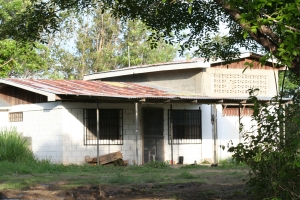
Our home away from home, Base Cero
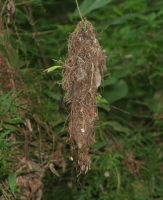
A pendulous Royal Flycatcher nest
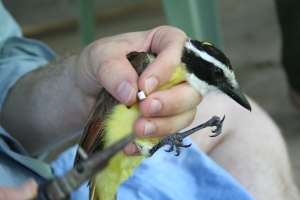
Banding a Great Kiskadee
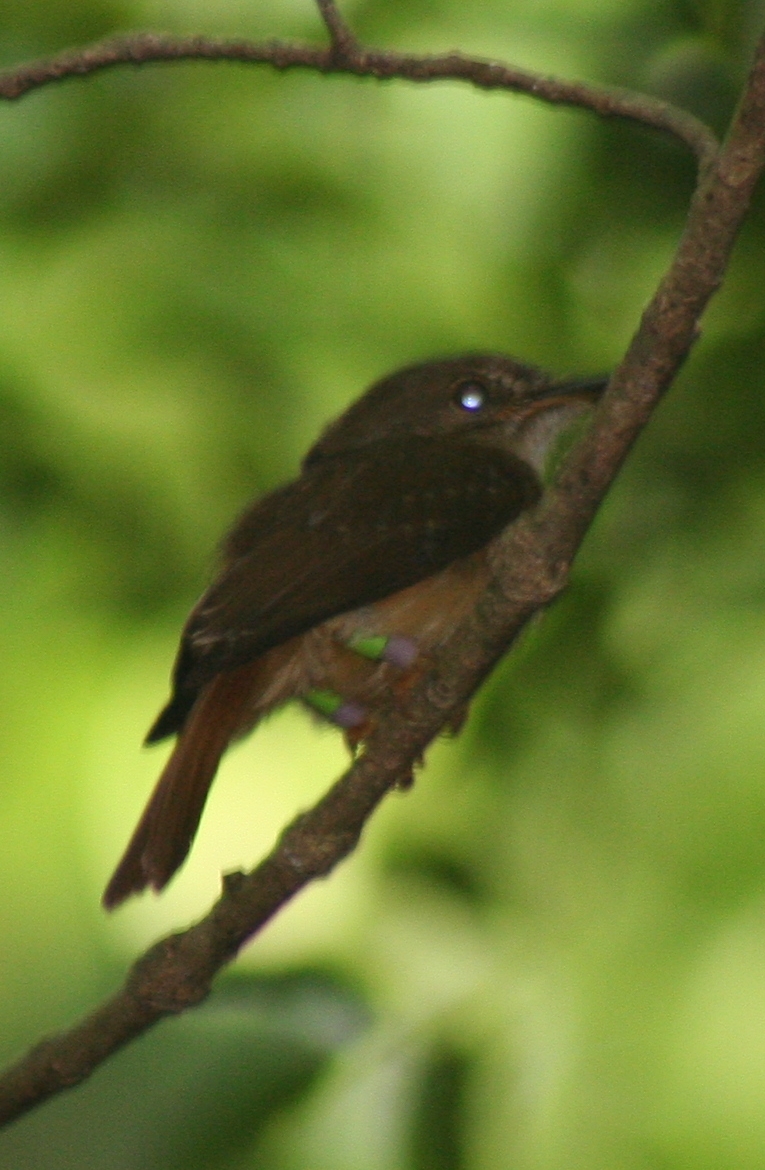
A banded Royal Flycatcher, GMGM (green mauve, green mauve)
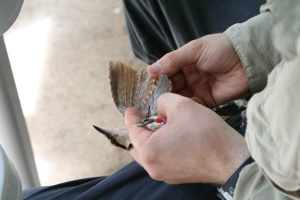
Collecting blood from a Rufous-naped Wren
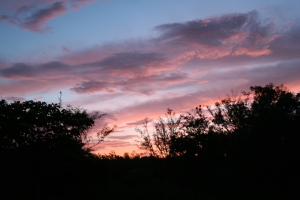
A Costa Rican sunset
Back to homepage

All content © Jessica Lauren Cuthbert
Do not use without permission.
Last updated: April 2007